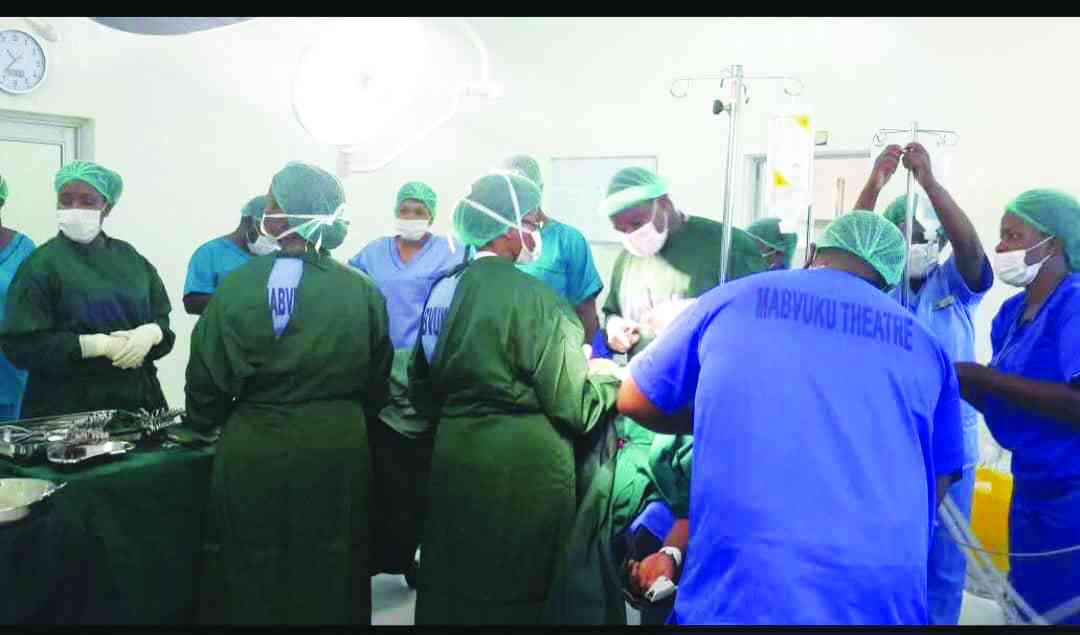
NATIONAL Foods Limited is ramping up its capital expenditure programme, with plans to invest over US$12 million in the coming year, up from an average of US$10 million annually over the past five years.
Chief executive officer Mike Lashbrook said the company has consistently invested in enhancing production capabilities, with recent focus on core operational upgrades, renewable energy, and new product lines.
“So, typically our capital expenditure over the last five years has been US$50 million, so we typically average around US$10 million every year,” Lashbrook told Zimbabwe Independent in an interview.
“We will continue next year with other projects. I would say in the next year, we will aim to do over the order of US$12 million of capex. So, apart from these three big projects, the ones we have got ongoing now are more investing in our core business.”
Current major projects include significant upgrades to the stockfeed plant, the installation of new silos and related equipment, and the construction of a new rice packing facility.
In addition to infrastructure expansion, National Foods recently commissioned three new product lines — pasta, biscuits, and breakfast cereals — as part of its portfolio diversification strategy.
The pasta and biscuit lines each have a monthly capacity of 1 300 tonnes, while the breakfast cereal line will produce 800 tonnes per month.
Lashbrook noted that while the local food industry remains competitive, National Foods is focused on delivering quality and value.
- NatFoods loses US$162K to internal burglars
- National Foods revenue seen at US$302,5m
- National Foods pays dividend to employees
- National Foods empowers rural youth
Keep Reading
“What is critical is that you have the right quality at the right price, consumers are obviously under some pressure in terms of seeking for value so it is very important you get your pricing right and the right pack size,” he said.
“For example, a 400 gramme pack of pasta at US$0,50 can feed a family of four and then if you can mix with a bit of tomato and onion relish, the family gets a good healthy nutritious meal for a dollar. So, it is those kinds of things that occupy our minds in creating value for our consumers.”
Additionally, the company is making strides toward sustainability with plans to implement solar power across its production facilities.
“I think at the moment also, we are about to commission a solar power line and we would like to expand solar to the rest of our production facilities in the next year or so,” Lashbrook said.
While challenges are a part of any business, the firm maintains a positive outlook, particularly with the improved local cereal crop this season.
By sourcing ingredients from local farmers, the company is committed to adding value to the community and supporting the local economy.
“We tend to look for the positives in running our business and to exploit opportunities. I think on the positive side, the fact that there has been a bigger local cereal crop is very positive because at least now we are buying cereals from local farmers so a better rainy season is good for us,” he said.
“So, really we like to focus on local farmers because we add value to the local farmers. There are always challenges, but we always look at the positives.”
The company emphasised the importance of exploring new markets where it sees promising opportunities for profitability.
By focusing on developing higher-margin products, it aims to ensure that both the company and the community can thrive together.










